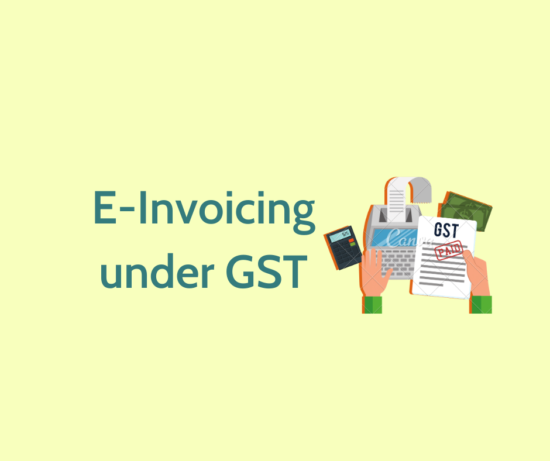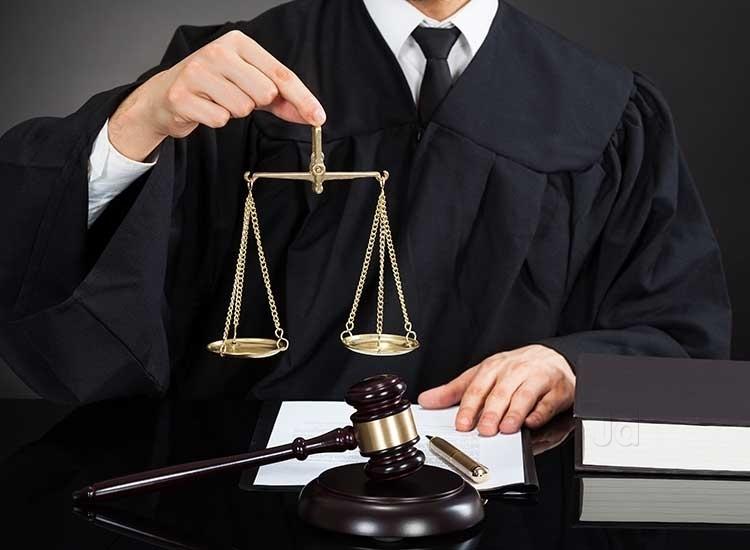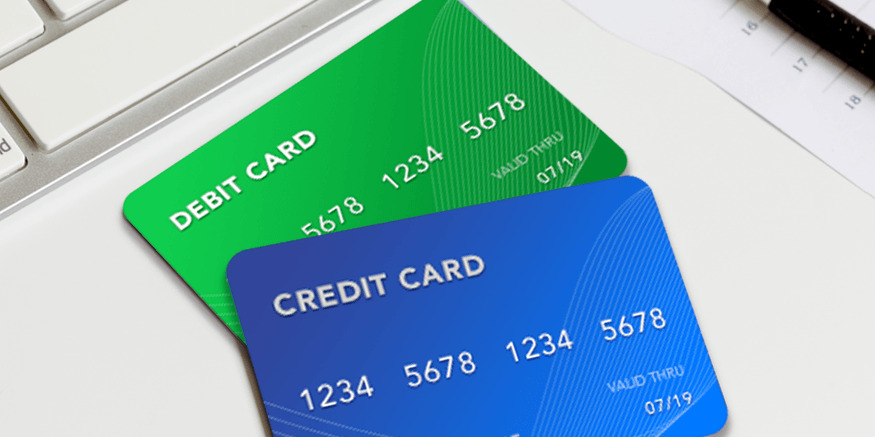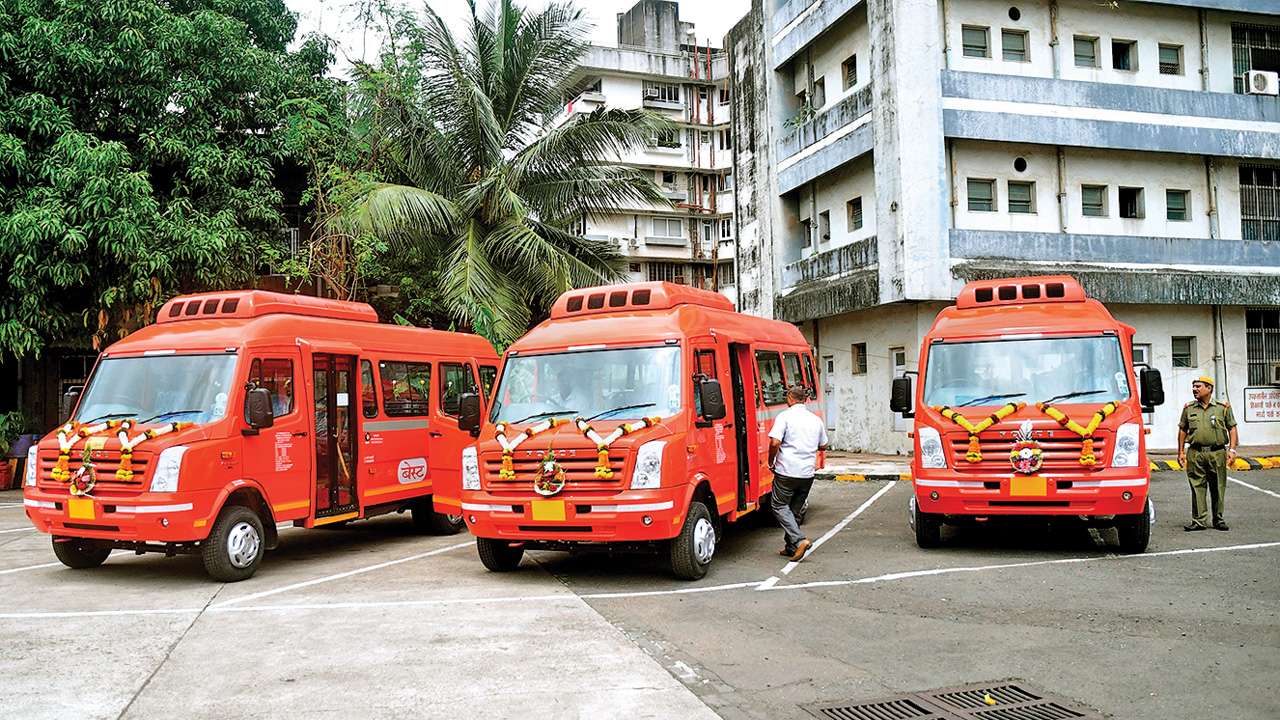Many small businesses are recently added to the GST e-Invoicing system.
Businesses are still struggling to manage and accommodate themselves with e-Invoicing under GST. With more & more taxpayers being eligible for e-Invoicing, there are many questions and queries raised about e-Invoicing.
When we talk about e-Invoicing, we are also considering the e-Way Bill generation. E-Invoicing has opened doors to easy e-way bill generation since its inception in October 2020.
Businesses need to embrace specific changes and have a plan in place and robust GST e-Invoice software to make e-Invoicing successful.

This article will share some critical checkpoints that will help you easily accommodate your business in the e-Invoice generation process for e-Invoicing under GST.
- E-Invoicing Software –Getting your infrastructure ready for GST e-Invoicing
Businesses popularly use ERP systems or any other billing software for their internal record keeping.
e-Invoicing expects the businesses to follow specific standards prescribed by the IRP portal.
The standard we are talking about here is the e-Invoicing schema prescribed by the IRP portal. The e-Invoicing schema defined by the Government has about 150 fields.
The newly added businesses to the e-Invoicing structure have to decide whether they will be mapping their ERP to all the e-Invoice schema specifications or just the mandatory ones.
It would be best if you had a easy-to-use e-Invoicing software in place that allows you to generate e-Invoices right from your ERP, and you are not even required to visit the IRP portal.
- Aligning existing billing systems for e-Invoicing under GST
There are specific validation rules defined for e-Invoicing under GST.
Your existing billing systems must align with these rules.
We provide some of these validation rules that you must keep in mind for a successfule-Invoice generation under GST.
- Document date: IRN generation has to be done within 24 hoursafteruploading the invoice. Hence, the document date can either be of the present day or the day preceding day.
Backdated e-Invoices can NOT be generated on the IRP portal.
- Document Number: Taxpayers should note that the document number should NOT start with a zero (0). If your existing billing system is set to begin the number of a document with a zero, the same should be modified.
- Maximum line items: Max of 1,000 line items are allowed. If the number of line items exceeds 1,000, then separate invoices are to be created, or grouping of the invoices is to be done within the limit of 1,000 lines.
- Special case of RCM transactions: A recipient generates an e-invoice in case of the RCM transactions. Some categories of taxpayers are excluded from e-Invoice generation. For RCM transactions, suppliers may also require to generate the IRN sometimes. This should also be considered while aligning your existing billing system.
- B2C e-Invoicing requirements

e-Invoicing under GST is made mandatory for the B2B transactions.
However, for all the businesses whose annual aggregate turnover lies above INR 500 Crore, such enterprises must have a QR code printed on their B2C invoices.
QR codes on the B2C invoices are self-generated and do not require any interaction with the Government’s system.Although the QR codes generated for B2C invoices may differ, it is essential that the businesses use the same alignment and format as that used for the generation of QR code for B2B invoices.
Following are some of the challenges that need to be addressed:
- QR code generators are mainly installed at the point of sale of the product/service. Hence, there are going to be multiple points of sales with numerous systems. All these billing systems are to be updated to comply with this rule.
- Internet connectivity has always been an issue for many remote areas. Hence, proper arrangements should be made to address the same.
- A complete overhaul of the system may be required if the current billing systems are NOT in the position to generate QR code.
- GST e-Invoice printing in a proper format
e-Invoice has become an essential document in the GST structure, be it a physical form or a digitalcopy. Hence, the existing systems should be calibrated so that the printed format of the e-Invoice should be proper and readable.
IRN&QR code are the essential fields of an e-Invoice & they should be well printed on the physical copy of an e-Invoice to provide it to your recipient.
If you wish to generate e-Invoice in Tally, it is highly advisable that you use the e invoicing in tally connector/plugin which will allow you to generate e-Invoices right from your Tally ERP & also allow you to generate e-Invoice under GST in Tally ERP 9.
- E-way Bill with the e-Invoice
E-way Bill is an essential document required when there is a transport movement of goods whose value exceeds INR 50,000.
E-way Bill generation, is a regular activity for businesses.
The Government has enabled E-way Bill generation along with thegeneration of the e-Invoice. It is up to the individual businesses about which method they adopt to generate the E-way Bill.
Many fields while generation of E-way Bill will be auto-populated based on the information furnished in your e-Invoice. Once the e-Invoice is validated, Part A&Part B of the E-way Bill will be auto-populated.
Hence, businesses should use this provision to save their time and generate the E-way Bill IRN in the following way:
- Generate E-way Bill using the IRN: Businesses must enter the IRN number on the Invoice Registration Portal (IRP) to generate an E-way Bill corresponding to that IRN number.
Businesses should be careful while furnishing the data as some of the fields from your e-Invoice will get auto-populated in the E-way Bill.
To Summarize
GST e-Invoicing system is on the verge of being mandatory for the businesses irrespective of the annual aggregate turnover.
Why do we say that?
Because of the Government’s recent actions, they seem to be taking positive steps to lower the annual aggregate turnover of the businesses, bringing maximum businesses under the ambit of e-Invoicing.
Embracing these new changes indeed becomes more manageable with an e-Invoicing software that requires minimum human intervention!
e-Invoicing is undoubtedly for the benefits of an honest taxpayer that keeps a check on the defaulters and make the GST structure more transparent.
Stay updated; stay ahead!
Until the next time….
***
Follow us for free tax updates : facebook Twitter
Subscribe to our portal and get FREE Tax e-books, quality articles and updates on your e-mail.
Resolve your GST queries from national level experts on GST free of cost.
GSTHero– Making GST Simple! GSTHero is the best GST filing, e-Way Bill Generation & E Invoicing Software in India. GSTHero is a government authorized GST Suvidha Provider. Both Businesses and Tax Practitioners can file GSTR 1, GSTR 3B, GSTR 9 and GSTR 9C with all supporting reports. 1 Click Auto Reconciliation & report-matching feature helps you in claiming up to 100% ITC and finds your GST Defaulting Suppliers. GSTR2A vs GSTR-3B, GSTR-1 vs GSTR-3B, ‘GSTR-1, GSTR-2A & GSTR-3B’ annual report matching is also provided by GSTHero.
GSTHero ERP Plugins provide 1 Click e-Way Bill & E-Invoice, Generation, Operation & Printing from your own ERP like Tally, SAP, Marg, Busy, Microsoft Dynamics, Oracle & others itself with high data security




